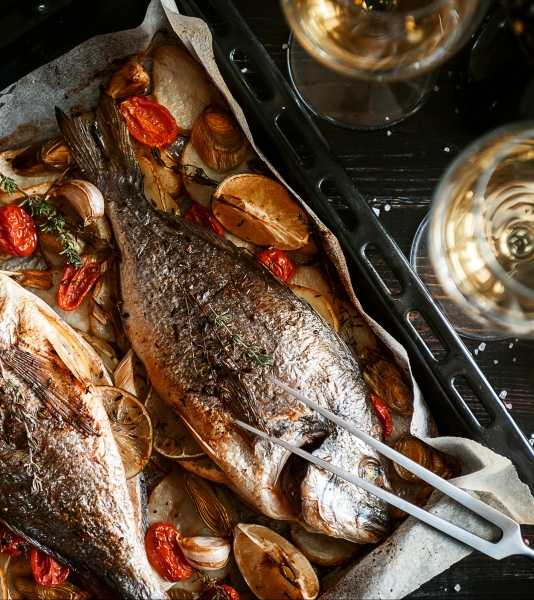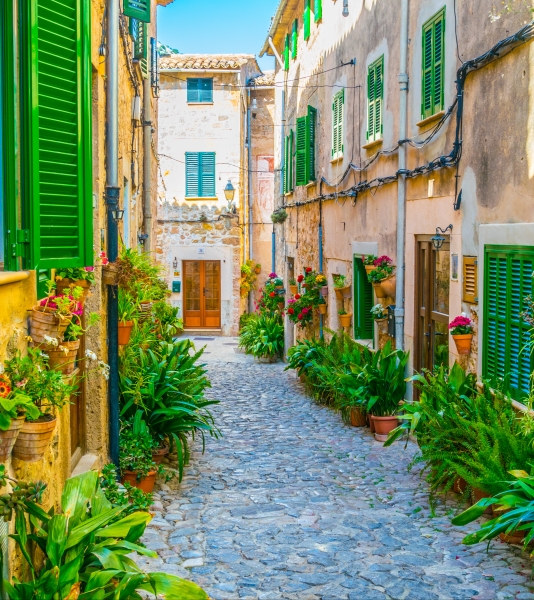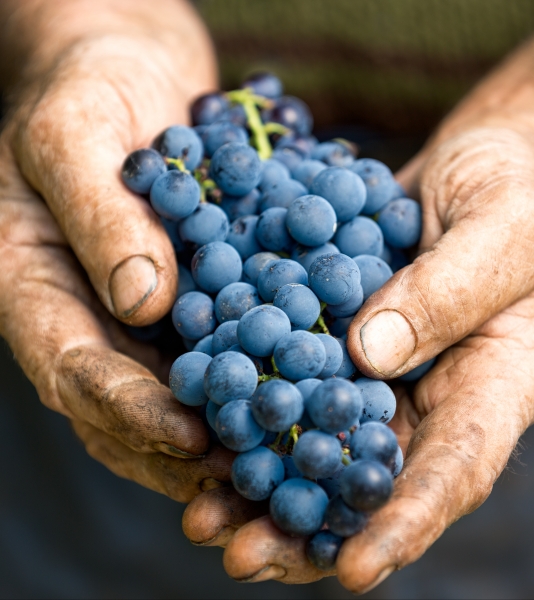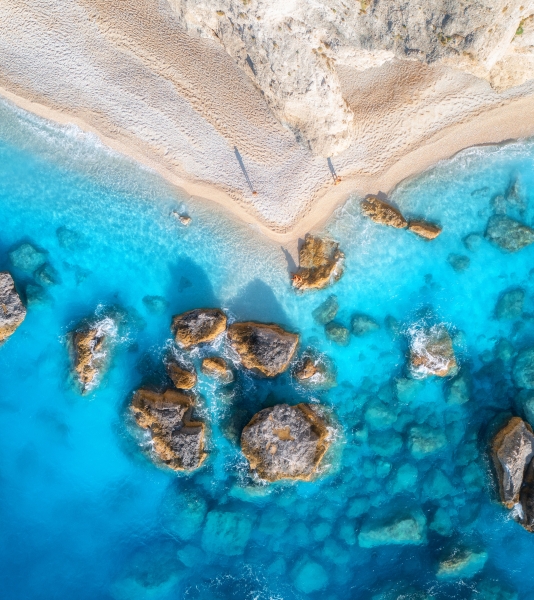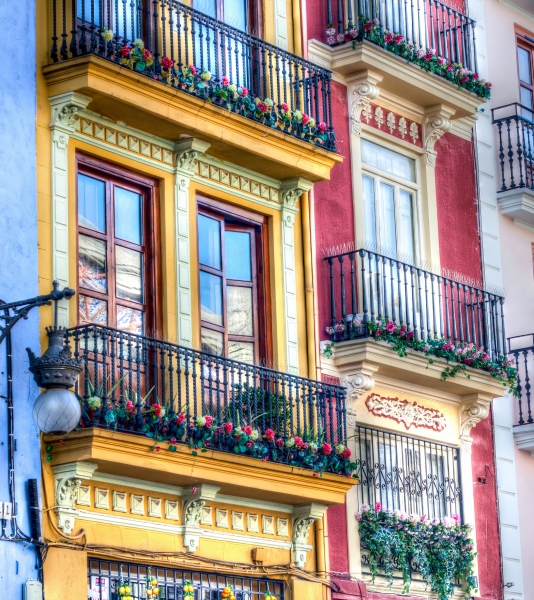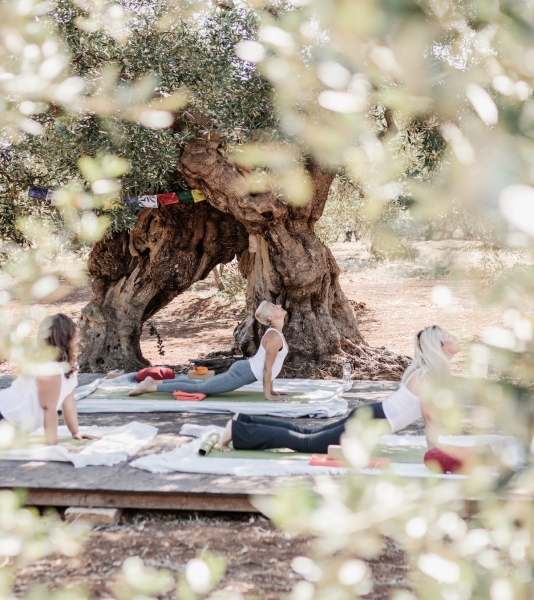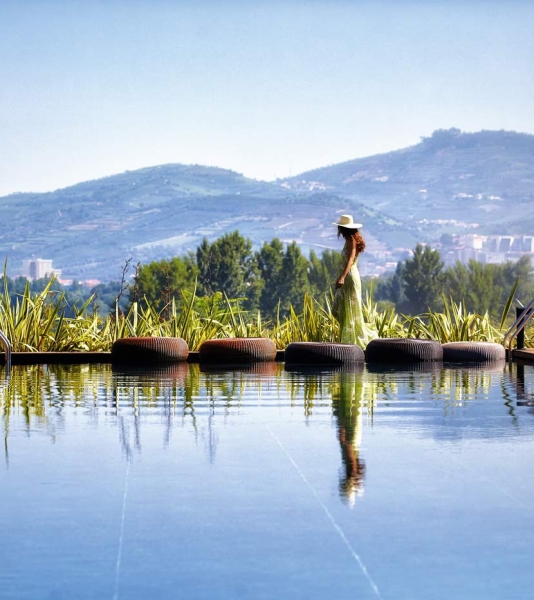Best hotels and places to stay in Cadiz?
Discover the wonderful province of Cadiz and indulge in its picturesque towns, beautiful coast and sandy beaches. The best way to get to know the province is staying at one of our carefully selected boutique hotels in Cadizor one of the elegant luxury hotels that cater for all your wishes. If you are looking for authenticity the best places to stay will be our charming B&Bs and country hotels in Cadiz or one of the stylishly decorated holiday rentals. If you wish privacy and independence choose a luxury villa in Cadiz.
Vejer de la Frontera stands out as one of the most beautiful towns. Sanlucar de Barrameda on the Guadalquivir river and Arcos de la Frontera up in the Sierra are other hidden gems worth exploring. There are endless white towns and villages in this splendid region of Andalusia. But also the larger towns of Cadiz, Puerto de Santa María and Jerez de la Frontera are a must and offer serene boutique hotels along with an exceptional luxury hotels. Conil, Tarifa (the windsurf capital), and Caños de Meca. are known for their shoreline, fishing, fine sands, and pine trees. The area near Gibraltar is rich in pastures and cattle ranches. Jerez (Sherry) produces world famous wines, as well as horses and bulls. The farmhouses, and the sandy soils planted with vineyards, in the flat lands of Jerez, are an exact replica of the old, conservative, Andalusia and its deep-rooted tradition.
Where to go in Cadiz
The province of Cadiz is a beautiful region in Spain that is a must visit. This region offers a wealth of experiences and attractions that are sure to captivate visitors. From the beautiful beaches of the Costa de la Luz to the historic cities and cute towns that dot the countryside, Cadiz has something for everyone.
One of the most beautiful towns in the province of Cadiz is Vejer de la Frontera. This hilltop town offers great views of the surrounding countryside and is known for its narrow streets and white-washed buildings. The town's historic centre is home to many beautiful churches, palaces, and mansions that are worth a visit. Visitors can explore the Church of the Divine Saviour, an example of Gothic-Mudéjar architecture, and admire the town's many traditional Spanish-style courtyards. Vejer is also a popular destination for foodies, with excellent restaurants serving some of the best cuisine in the province.
Another town worth visiting in the province of Cadiz is Sanlucar de Barrameda. This town is located at the mouth of the Guadalquivir River and has a rich history that dates back to the Phoenician era. Sanlucar de Barrameda is famous for its Manzanilla sherry, a type of white wine that is produced in the region. Visitors can explore the town's many historic monuments, including the Castle of Santiago, a fortress that was built in the 15th century to protect the town from invaders.
For those looking for a beach getaway, the province of Cadiz has some of the most beautiful beaches in Spain. The Costa de la Luz, or Coast of Light, is a stretch of coastline that is home to some of the most unspoiled beaches in the country. From the long stretches of golden sand in Bolonia to the crystal-clear waters of Zahara de los Atunes, the beaches in Cadiz offer something for everyone. The region is also popular for water sports, with many beaches offering excellent conditions for windsurfing, kitesurfing, and surfing.
Tarifa is a town located on the southernmost tip of the Iberian Peninsula, just across the Strait of Gibraltar from Morocco. It is known for its laid-back vibe, windy beaches creating excellent conditions for wind sports such as kitesurfing and windsurfing. The town's historic centre is a maze of narrow streets and whitewashed houses, and the Castle of Guzmán el Bueno is located there, a fortress that dates back to the 10th century. Visitors to Tarifa can also explore the town's many art galleries, shops, and restaurants, which serve up some of the freshest seafood in the region. In addition, Tarifa is a great base for exploring the surrounding area, including the beautiful natural park of the Estrecho, which has hiking trails and views of the Strait of Gibraltar.
In addition to its beautiful beaches and charming towns, the province of Cadiz is also home to several historic cities. The city of Cadiz, is the oldest continuously inhabited city in Spain and has a history that dates back to the Phoenician era as well. Visitors can explore the city's many historic landmarks, including the Cathedral of Cadiz, a Baroque-style cathedral that dates back to the 18th century. The city also has many museums and galleries, showcasing the region's artistic and cultural heritage.
Arcos de la Frontera is a town on a rocky outcrop in the province of Cadiz. As you explore the town, you'll come across numerous churches, historic monuments, and well-preserved buildings that showcase its rich history. The town's atmosphere and friendly locals add to its allure, making it an enchanting place to wander and immerse yourself in its timeless beauty.
El Puerto de Santa Maria, located on the banks of the Guadalete River, is a coastal town with a long maritime tradition that is evident in its naval history and boat-building heritage. The centre has beautiful plazas, bustling markets, and centuries-old churches. El Puerto de Santa Maria is also known for its nightlife, with numerous bars and restaurants serving up delicious seafood and traditional tapas.
Los Caños de Meca is situated along the Costa de la Luz, renowned for its nature. This small coastal village is surrounded by cliffs and dunes. It's an ideal destination for those seeking tranquillity and a connection with nature. Los Caños de Meca is also known for its alternative atmosphere and hippie heritage, attracting a bohemian crowd. The beach of Playa de los Castillejos offers a secluded spot to unwind, while the Trafalgar Lighthouse stands as a historic landmark and provides views of the coast.
Medina Sidonia is a historic town perched on a hilltop in the province of Cadiz. Known as the "Balcony of the Bay," with views of the surrounding countryside and the Atlantic Ocean. This ancient town has a rich Moorish and medieval heritage and ancient city walls. As you explore Medina Sidonia, you'll come across beautiful churches, such as the Iglesia Mayor, as well as historic sites like the Alcazar and the Roman archaeological site of Sidonia. Check out the villa in Medina Sidonia we found!
Conil de la Frontera is a coastal area located on the Costa de la Luz, it offers a perfect mix of relaxation and outdoor activities. Roche boasts pristine sandy beaches bordered by dramatic cliffs and crystal-clear waters. Playa de Roche, in particular, is a favourite spot for sunbathing, swimming, and enjoying water sports. The area is also home to a pine forest and sand dunes, perfect for peaceful walks and nature exploration.
What to do in Cadiz
Finally, for those looking to experience the famous flamenco culture of Andalusia, Cadiz is the perfect destination. The city of Jerez de la Frontera has the Royal Andalusian School of Equestrian Art, a centre of excellence for horsemanship and flamenco dancing. Visitors can watch a live flamenco performance or take a horseback ride through the Andalusian countryside.
Another event that is worth mentioning for those interested in experiencing the culture of Cadiz is La Feria de Jerez. This annual fair is held in the city of Jerez de la Frontera in May and is one of the most important festivals in Andalusia. The fairgrounds are transformed into a lively city of tents and pavilions, where locals and visitors alike come together to celebrate the unique culture of the region.
La Feria de Jerez is a celebration of flamenco music, dance, and fashion. During the day, visitors can enjoy horseback riding shows, flamenco performances, and traditional music and dancing. At night, the fairgrounds come alive with colourful lights, and visitors can enjoy the many bars and restaurants that offer delicious tapas and local wines.
One of the highlights of La Feria de Jerez is the parade of horse-drawn carriages, where locals dress up in traditional Andalusian attire and parade through the streets. This is a fantastic opportunity to see the culture of the region on full display.
In addition to the fair, Jerez de la Frontera is also known for its sherry production as well. Visitors can take tours of the many bodegas, or wineries, in the area, and learn about the history and process of producing sherry. This is a great way to sample some of the region's most famous wines and learn about the unique culture of the area.
Overall, Cadiz is a destination that offers a huge amount of experiences for travellers of all interests. From the rich history and culture of the city of Cadiz to the towns of Vejer de la Frontera and Sanlucar de Barrameda, this region is a treasure trove of unique experiences and attractions. Whether you're interested in art, cuisine, history, or simply relaxing on the beach, Cadiz is a destination that will capture your heart and imagination. And if you happen to be in the region in May, La Feria de Jerez is an event that should not be missed.
Our collections
Don’t know where to go? Let our collections inspire you.






